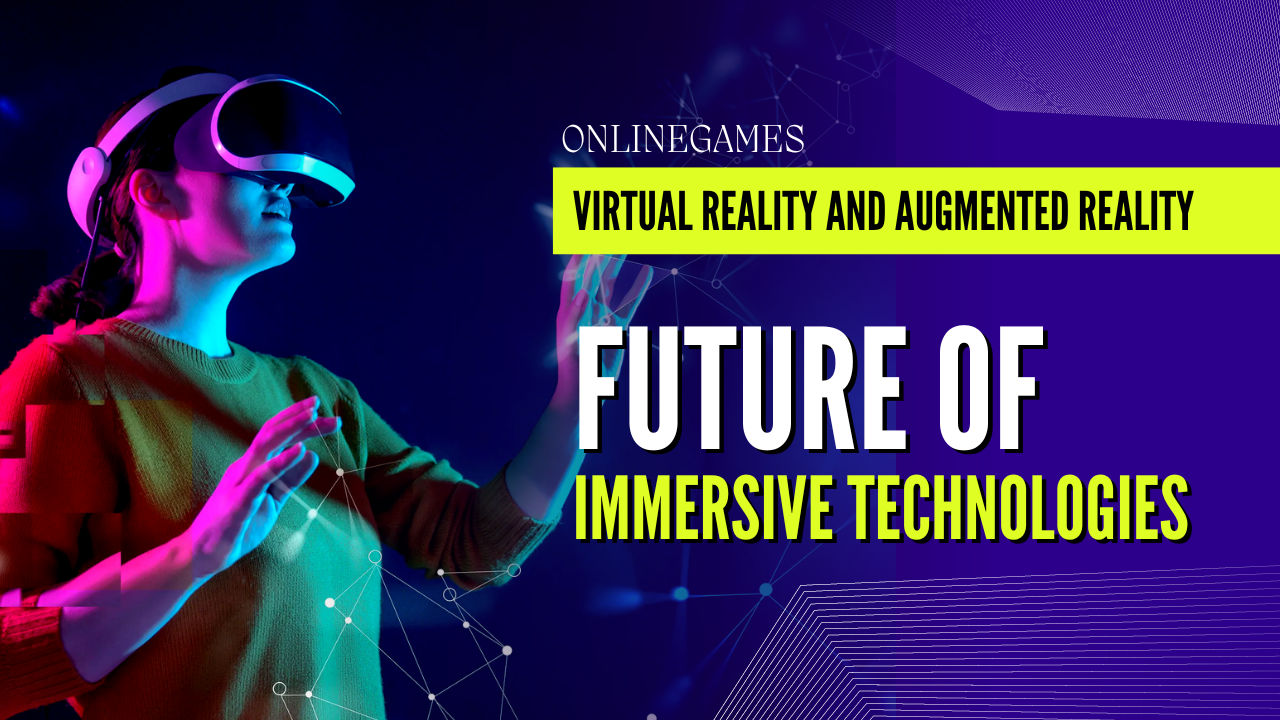In recent years, virtual reality (VR) and augmented reality (AR) have emerged as transformative technologies, revolutionizing how we perceive and interact with digital content and the physical world. This article delves into the definitions, applications, and future potential of VR and AR, highlighting their impact across various industries and everyday life.
Understanding Virtual Reality and Augmented Reality
What is Virtual Reality (VR)?
Virtual Reality refers to a computer-generated simulation of a three-dimensional environment that users can interact with using special electronic devices, such as VR headsets. It immerses users in a completely virtual world, often providing sensory experiences through sight and sound.
How does Augmented Reality (AR) differ from Virtual Reality?
Augmented Reality overlays digital information or virtual elements onto the real-world environment, enhancing the user’s perception of reality. AR technology integrates digital components into the user’s view using devices like smartphones or AR glasses.
Applications of Virtual Reality and Augmented Reality
VR Applications Across Industries
Healthcare
VR is used for medical training simulations, pain management therapies, and surgical planning, allowing healthcare professionals to practice in realistic virtual environments.
Education
VR enhances learning experiences by offering immersive educational content, virtual field trips, and interactive simulations that engage students in subjects like history, science, and art.
Gaming and Entertainment
VR gaming immerses players in virtual worlds, providing realistic experiences through interactive gameplay, virtual environments, and 3D simulations.
AR Applications Across Industries
Retail and Marketing
AR enables virtual try-on experiences for clothing and accessories, interactive product demonstrations, and location-based marketing campaigns that engage consumers in innovative ways.
Architecture and Design
AR facilitates visualizing architectural designs in real-world contexts, enabling architects and designers to overlay virtual models onto physical spaces and explore design options.
Navigation and Tourism
AR enhances navigation apps by overlaying directions and points of interest onto the user’s view, offering interactive guides and historical information during city tours.
Advancements and Future Trends
Innovations in VR and AR Technologies
Future advancements may include more realistic simulations, enhanced sensory feedback, and improved gesture recognition, making VR and AR experiences more immersive and interactive.
Integration with Artificial Intelligence
AI-powered algorithms enhance VR and AR applications by personalizing user experiences, analyzing real-time data, and optimizing content delivery based on user preferences and behaviours.
Ethical Considerations and Challenges
Privacy and Data Security
As VR and AR collect user data for personalized experiences, protecting privacy and securing sensitive information from unauthorized access is crucial.
Digital Divide and Accessibility
Ensuring equitable access to VR and AR technologies across diverse populations and geographic regions is essential to prevent widening disparities in education, healthcare, and economic opportunities.
Virtual reality and augmented reality represent the frontier of immersive technologies, transforming industries, enriching experiences, and reshaping human interaction with digital and physical environments. As these technologies evolve, addressing ethical concerns and fostering inclusive access will be pivotal in harnessing their full potential for societal benefit.
FAQs About Virtual Reality and Augmented Reality
How does VR benefit medical training?
VR allows medical professionals to practice surgeries in realistic simulations, refine skills in a safe environment, and improve patient care outcomes through hands-on training.
What are some challenges in AR adoption in retail?
AR adoption in retail faces challenges such as high implementation costs, technological limitations of AR devices, and the need for compelling content that enhances consumer engagement.
Can AR be used for remote collaboration in business?
Yes, AR facilitates remote collaboration by enabling virtual meetings, real-time annotations on digital models, and shared visualizations of complex data, enhancing teamwork and productivity.
How does VR contribute to mental health therapy?
VR therapy offers immersive environments for treating anxiety disorders, phobias, and PTSD by providing exposure therapy and relaxation techniques in controlled virtual settings.
What role can AR play in enhancing cultural heritage preservation?
AR can digitally reconstruct historical sites, overlay interactive virtual exhibits in museums, and provide contextual information about artefacts, enriching visitors’ educational experiences.
Will VR and AR replace traditional forms of entertainment?
While VR and AR offer immersive experiences, traditional forms of entertainment like movies and books continue to serve distinct purposes, catering to diverse audience preferences and storytelling methods.






